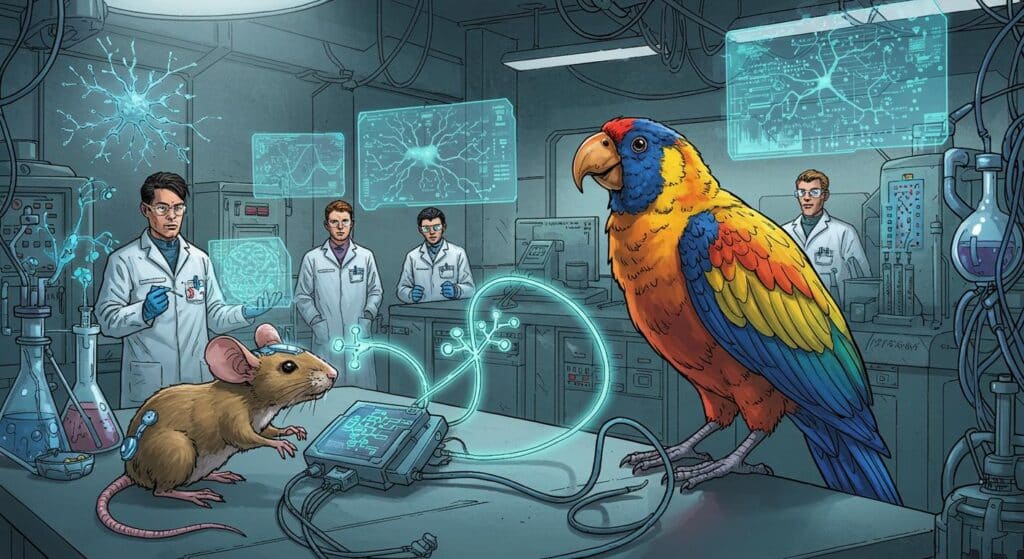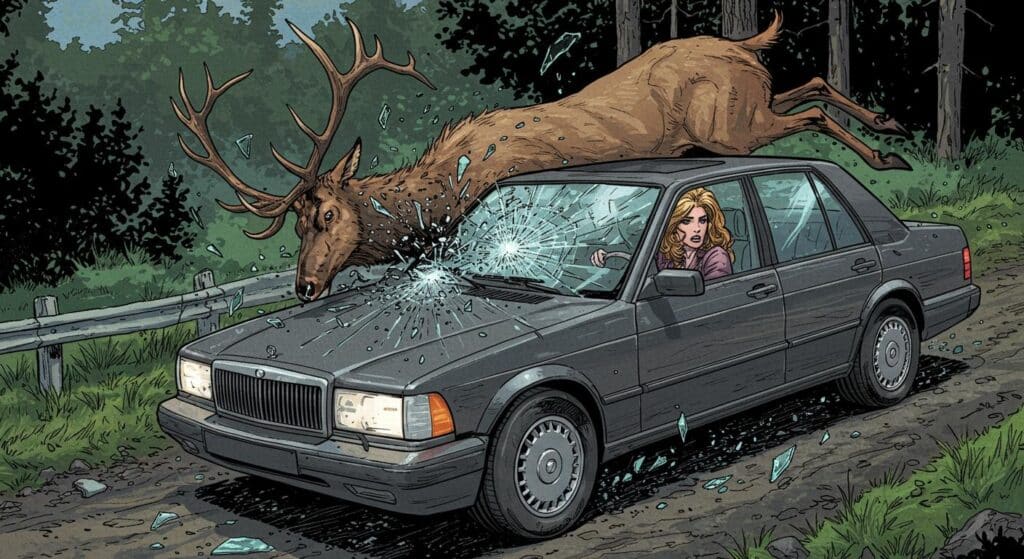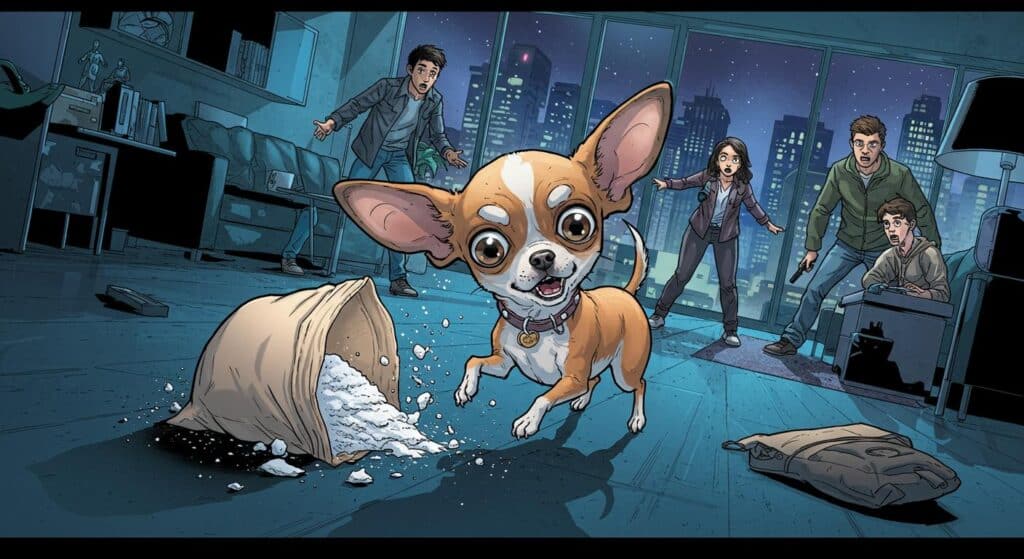It’s the kind of headline that makes you double-check the calendar for April 1st: rabbits with horns roaming the streets of Colorado, drawing monikers like “Frankenstein bunnies,” “demon rabbits,” and, inexplicably, “zombie rabbis.” According to reporting from the Associated Press, a cluster of eastern cottontail rabbits in Fort Collins has been turning heads (and inspiring impromptu smartphone documentaries) thanks to peculiar, horn-like growths jutting from their faces. Yet the truth behind these viral photos is far closer to basic biology than B-movie horror.
Shope Papillomavirus: The Unassuming Culprit
Despite the horror-movie aesthetics, as described in the AP article, the horned rabbits carry a relatively benign diagnosis. Wildlife officials have traced the phenomenon to the Shope papillomavirus—a viral infection commonly seen among cottontails that produces wart-like outgrowths. Kara Van Hoose, spokesperson for Colorado Parks and Wildlife, explained that during summer months, when fleas and ticks—the principal vectors—are abundant, these growths become more visible. How many people spotting a “horned” bunny would guess the real culprit was a virus carried by such unassuming creatures?
Interestingly, Van Hoose told the outlet that the virus is only contagious among rabbits, leaving humans and pets entirely out of the equation. These growths, which can resemble stubby horns when particularly pronounced, generally don’t affect the rabbits’ well-being unless they interfere with eating or seeing. Most affected cottontails simply rely on their immune systems: recover, shed the warts, and resume regular business, the outlet also notes. It’s one of nature’s weirder yet largely harmless sideshows.
Folklore, Fake Antlers, and a Dash of Medical History
The AP reporting also highlights a fascinating cultural and scientific echo. Sightings of rabbits afflicted by Shope papillomavirus are believed to have fueled centuries-old North American jackalope folklore: tales of rabbits with antlers or horns, which sound more like a cryptid than the result of infectious disease. It prompts a small question—how many legendary monsters have their roots in ordinary biological glitches?
Diving a little deeper, the AP recounts that the Shope papillomavirus’s legacy isn’t confined to urban legend. The virus’s discovery by Dr. Richard E. Shope in the 1930s advanced scientific understanding, revealing direct connections between viruses and cancers. For context, this research ultimately influenced today’s knowledge of the human papillomavirus and its role in cervical cancer. So, horned rabbits have contributed to both folk stories and Nobel-level insights, which—if you think about it—feels like a lot of responsibility for such nervous little creatures.
The Ritual of the Unusual
So, on the streets of Fort Collins, what some might mistake for rabbit horror-movie extras are, as the outlet details, simply animals caught at a peculiar intersection of ecology and folklore. This isn’t a new twist in rabbit history; it’s just that social media now allows anyone to capture and share a flash of weirdness the instant it hops across their yard. Given a choice between scrolling endless news of gloom or seeing a real-life jackalope, who wouldn’t pause for a double take?
Every region seems to have its own ambassador of the absurd—a lake monster in one state, a phantom feline in another. Will these so-called ‘Frankenstein bunnies’ hop into the enduring weirdness hall of fame, or will something even stranger seize our collective attention by next week? As any fan of backyard biology can attest, sometimes the ordinary is far stranger than folklore ever dared to be.







